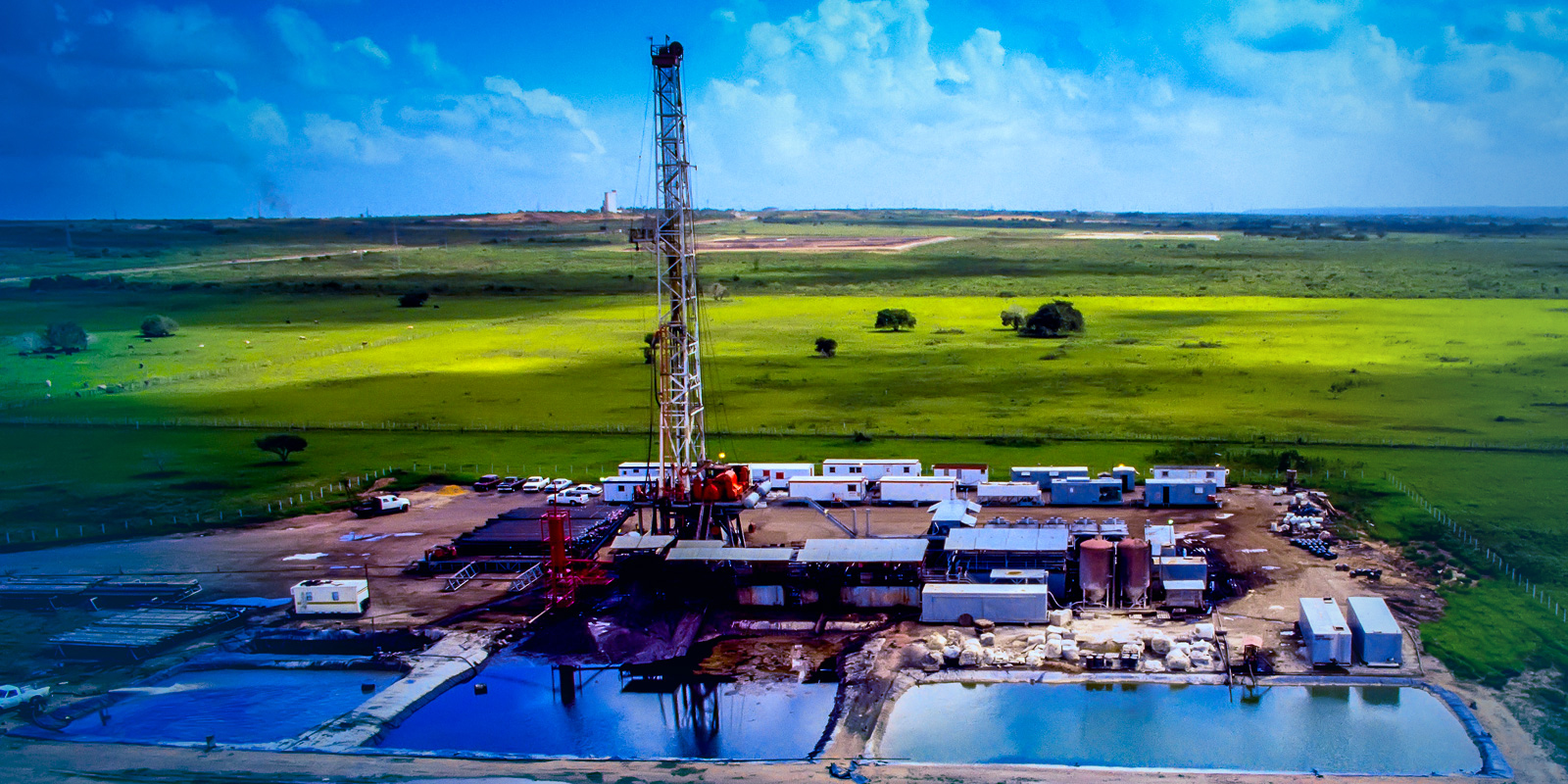
Pennsylvania Supreme Court Endorses Rule of Capture for Hydraulic Fracturing
Opinion in Briggs v. Southwestern Energy Co. left open the question of whether subsurface fractures across property lines constitute trespass.
The oil and gas industry in Pennsylvania attained a narrow victory after the Supreme Court of Pennsylvania endorsed the application of the rule of capture, the century-old legal principle shielding drillers from trespassing liability when a well drilled on one property taps into oil and gas beneath a neighboring property, to the practice of hydraulic fracturing. But the court in Briggs v. Southwestern Energy Co. left unresolved the issue of whether fractures that traverse subsurface property lines would trigger liability. This follows a period of uncertainty after a 2018 decision by the Superior Court held the rule of capture did not apply to hydraulic fracturing. That appellate ruling was the first such holding in the country, and departed from a 2008 holding by the Texas Supreme Court—the only other state high court to consider the issue.
Is a Fracture a Physical Incursion?
- The court made clear its holding only applied to the fact pattern at issue, which contained no allegation of any physical intrusion to plaintiffs' subsurface property.
- But the majority opinion left open the question of whether a fracturein shale that crossed into plaintiffs' property, induced and held open by proppant, would constitute a physical intrusion and thus not implicate the shield of the rule of capture.
- Justice Kevin M. Dougherty's concurrence/dissent noted that a fracture may run as far as 4,500 feet from the wellbore, and he explained he would not absolve developers from trespass liability if a plaintiff can prove the fluids and proppants they intentionally injected into their wellbores travelled horizontally across property lines. Two justices would have remanded for discovery as to whether fractures from Southwestern's well had entered plaintiffs' property.
Next Steps
- The court raised, but did not rule on, the question of whether a fracture that crosses subsurface property lines would constitute a trespass.
- Since the court found there was no allegation of any physical intrusion to plaintiffs' property, it did not rule on Southwestern's arguments that principles of trespass should be relaxed for deep subsurface activity, much like crossing the airspace high above one's property.
- These questions are likely to be addressed in future litigation, and likely soon.




